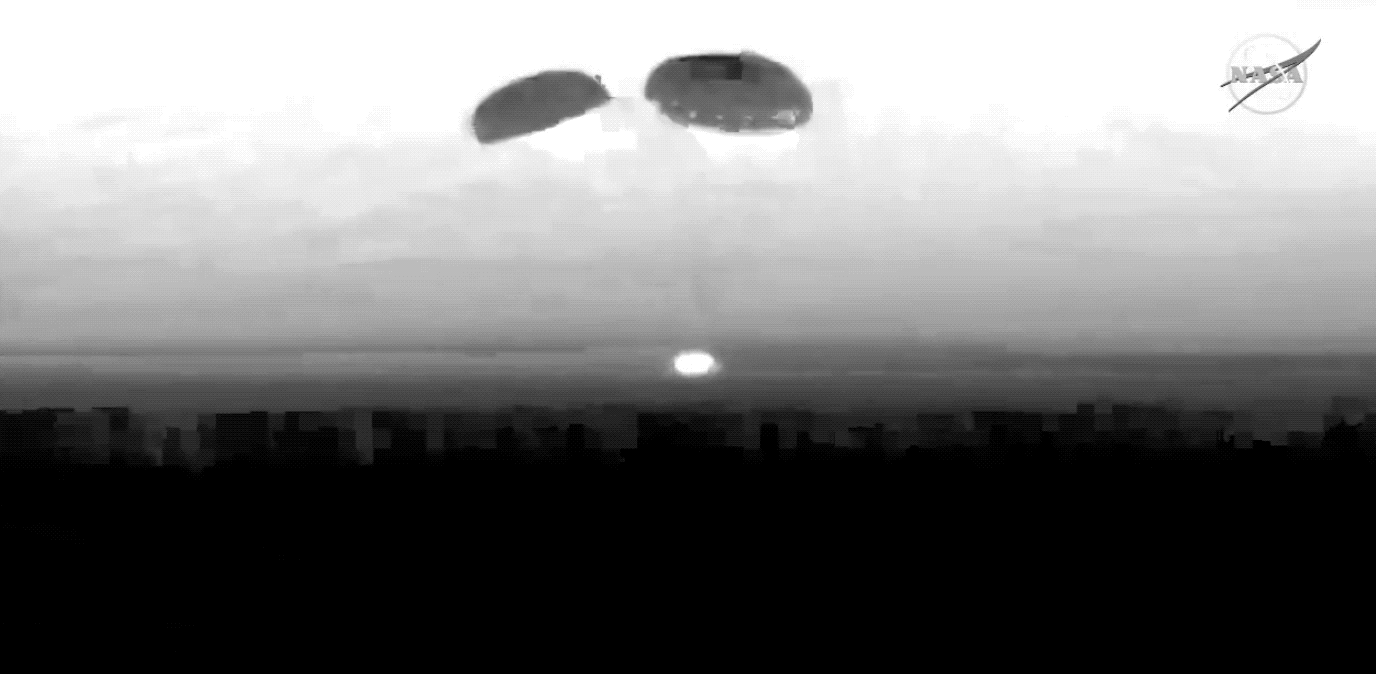Boeing, after years of delay,, launched its first-ever CST-100 Starliner designed for astronauts on Friday, December 20, 2019, at 6.36 am ET from Cape Carnival, Florida. CST-100 used Atlas V rocket built by United Launch Alliance(ULA).
It was expected to launch at the International Space Station(ISS) at 8.27 am ET, Saturday. But, half an hour later, after the launch, it is found that something had gone wrong with the thrusters which fired before the scheduled time. This error caused them a lot of fuel and could not dock on ISS as planned.
The Boeing Starliner commentators on NASA Tv said it had reached a stable orbit.
This mission was crucial for Boeing and ULA to prove themselves worthy to carry astronauts to space.
NASA’s previous missions, Mercury, Gemini, and Apollo land missions, all landed on waters.
The CST-100 Starliner returned from Orbit and landed at its target landing site White sands of New Mexico successfully on Sunday, 22 December 2019.
The capsule landed safely deploying its 3 parachutes as planned and at the proposed site at 7.58 am ET.

Starliner did not have any humans on board but has a flight test dummy “Rosie” to study approximately how the landing would go for humans. Other than this the capsule has food and some gifts in it.
The uncrewed flight to space did not dock on ISS due to an error which made the capsule to burn too much fuel due to the early maneuver. Hence the entire course was changed. The Starliner, except early firing of thrusters, did well in all other respects, including the landing on Earth.
At around, 7.23 am ET Starliner began its deorbit round. It entered the Earth’s Orbit and deployed its 3 descent parachutes and landed safely on White Sands, New Mexico, on Sunday.
NASA and Boeing will now recover this Capsule and study all the information from its onboard computers. According to sources, the Starliner had collected around 85-90% data.

Leave a Reply